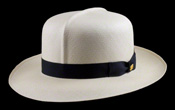
My Brent Black Monicristi folding hat's brim is a tad wider, and the colorful band was hand-woven in Ecuador. In it I look like Robert Redford. It is true. Brent Black says so.
And yes, I own a white linen suit.
I am absolutely, wholeheartedly in love with the fine works of breathtaking art that Mr. Black represents. I offered my soul for the κάλλος pictured below but was informed that it would take at least four dark souls of my caliber to make such a deal fair to Old Scratch...
Also, I suspect that διάβολος would demand survivor's rights from me. I wonder if /biːˈɛlzɨbʌb/ would look like Redford too?

Scratch, the ol' dreaded HAT MAN. Like Redford?
The Panama Hat Company of the Pacific
http://www.brentblack.com/

BRENT BLACK $100,000.00 HAT
The best weaver alive, Simón Espinal, can weave hats with more than 50 rows per inch. He weaves only four hats each year. Three months to weave one hat. In 2008, he spent five months weaving the finest hat of
The Brent Black Optimo is the classic Panama hat style. In Ecuador, it’s called the Natural. The Optimo was the style of choice for British travelers, ex-pats, and empire builders in Malaysia, Hong Kong, India, and throughout the tropics—anywhere a gin and tonic had actual therapeutic value (against malaria, not just tropical tantrums).
One Weaver, One Hat, Three Months
Son sin iguales,los manos de Simón Espinal.
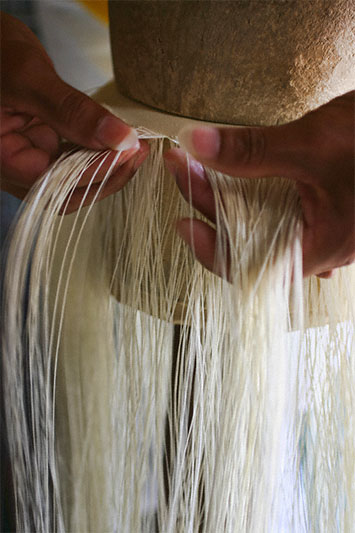

A Panama hat is a traditional brimmed hat of Ecuadorian origin that is made from the plaited leaves of the toquilla straw plant (Carludovica palmata).Straw hats woven in Ecuador, like many other 19th and early 20th century South American goods, were shipped first to the Isthmus of Panama before sailing for their destinations in Asia, the rest of the Americas and Europe. For some products, the name of their point of international sale rather than their place of domestic origin stuck, hence "Panama hats."
Click here to see the video
The Genuine Panama Hat (Montecristi Hat), a Jewel of Ecuador - Part #1
This video is the 1st part of a tv show elaborated by OroMar TV "Asi se Hace Ecuador". It show the reality of the Montecristi Hat, mistakenly known as Panama Hats.

Natives of ancient Ecuadorian Cultures have been mastering the art of weaving Toquilla straw since 4.000 B.C.
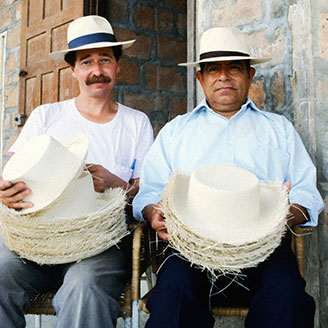
The Panama Hat Company
PRICES
PREMIUM
$500, $600, $700, $850, $1000, $1500
SUPER-PREMIUM
$2000, $2500, $3000, $3500, $5000
RARE TREASURESvery limited availabilityA $25,000 hat? Really?How Fine Are the Finest?
$7500 to $25,000

Montecristi is the only place on earth where weavers can turn natural toquilla straw into a genuine "Montecristi Super-Fino".
It is said that a Panama of true quality (a "superfino") can hold water and when rolled for storage can pass through a wedding ring.
Fewer than a dozen weavers capable of making the finest "Montecristi superfinos" remain.
The hats are woven from ‘Paja Toquilla' straw, from the leaves of the Carludovica Palmata plant.
The palms are cut by hand and transported out of the area by donkey. They're then soaked in water and the palm is stripped down so that they're soft and supple enough to weave.
Panama hats are often seen as accessories to summer-weight suits, such as those made of linen or silk.



Brent Black is recognized as “el Padrino” of handwoven straw hat masterpieces. A reputation for creating the finest hats in the world, Brent Black’s weavers possess skilled hands, high concentration, and require about two months to hand weave a fine hat. Now, he presents to the word the upmost superior “Montecristi Panama” aka “The Hat"

Montecristi is the home of the absolute Best Hat Weavers in the world. It is the only place on Earth where this fine art has been mastered for the past 400 years. Montecristi is a humble town of world class artists. This town was established between 500 A.D and 1.500 A.D. In later years, people that escaped from Pirates from the coastal city of Manta settled a few miles away. They lived along a "monte", the spanish equivalent for "hill". A story tells that at the top of the "monte," a home was built where the "Criste" family lived. Therefore, the name of this town was known as "Montecriste", however this name was changed for a smoother pronunciation; they slightly changed it to today's town of Montecristi.

A Montecristi rolled up in a box
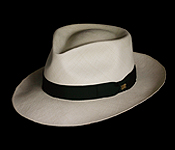
In the 1940’s when men were men and women were dames, the “Panama” Fedora was the gentleman’s hat of choice in sultry climes and classic films.

Harry Truman’s Panama Hat
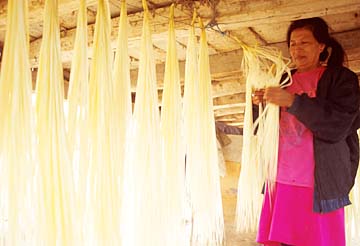
A weaver hangs straw under her house to dry. This is the start of a hat-making process that can take more than eight months to complete.

| Montecristi Fedora |

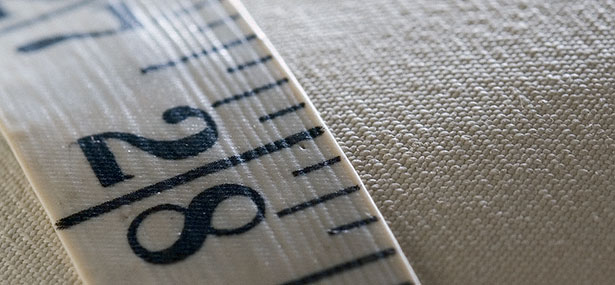
A hat with 20 rows of weave per inch is finer by far than the vast majority of Panama hats most people ever see. A hat with 25 rows of weave per inch is an impressive hat (even to me, after all these years and thousands of Montecristi hats). A hat with 30 rows of weave per inch…well, that is a treasure, an astounding hat, a hat that could easily become the focus of attention and conversation at any gathering to which you might wear it.
And yet, I have hats that are even finer. Hats with more than 40 rows of weave per inch. Hats with more than 50 rows of weave per inch. Even a hat with more than 60 rows of weave per inch.
The only way to describe these hats is to say that they are impossible. It is simply not possible that human hands could weave straw that fine.


Imagine weaving with straw that is, say, 40 x 40 rows of weave per inch. That would mean 1600 “weaves” per square inch. A hat surface is about 250 square inches. Yikes! Almost half a million “weaves” in one hat.

Montecristi Ecuador


Nimble fingers

Montecristi, Ecuador

Marketplace, Montecristi, Ecuador


A couple of my favorite Borsalino straws
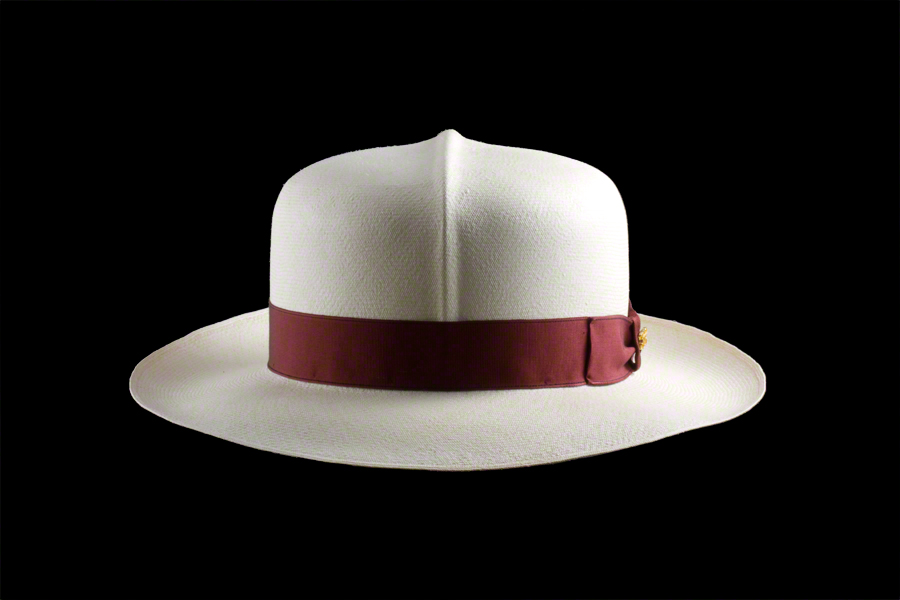

No comments:
Post a Comment